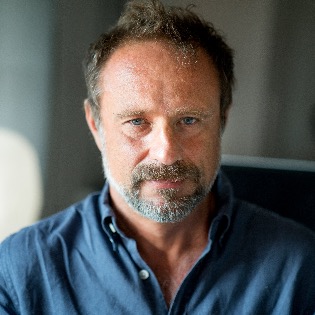Tagged: Honorary Members
Honorary Academicians of the World Academy for Artificial Consciousness (Top 100)
The World Academy for Artificial Consciousness (WAAC), in partnership with global institutions, is proud to announce its first 100 Honorary Academicians. These individuals have made pioneering contributions to the study of artificial consciousness. The list below is ordered by the impact of their theoretical work.

- Alan Turing – British mathematician and pioneer of computer science. He formulated the question “Can machines think?” and devised the Turing Test, earning the title “Father of Artificial Intelligence.” His thought experiment laid the philosophical foundation for AI and artificial consciousness research. Alan Turing – Wikipedia

- Marvin Minsky – American cognitive scientist and professor at MIT, co-founder of the MIT Artificial Intelligence Laboratory. He introduced the “Society of Mind” theory, viewing the mind as a society of interacting agents. His work profoundly influenced modular and distributed models of machine consciousness. Marvin Minsky – Wikipedia

- John McCarthy – American computer scientist, one of the organizers of the Dartmouth Conference that coined the term “Artificial Intelligence.” He invented the LISP programming language and advocated formalizing common sense reasoning. His work provided the logical reasoning framework underpinning AI and potential artificial consciousness. John McCarthy – Wikipedia
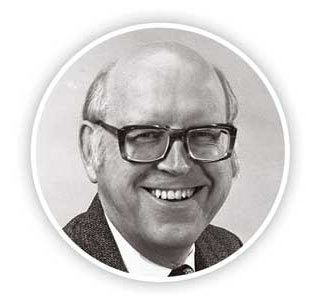
- Allen Newell – American computer scientist and CMU professor. With Herbert A. Simon, he proposed the physical symbol system hypothesis and developed the General Problem Solver (GPS). He argued that intelligence, and by extension consciousness, could be realized through symbolic operations, laying the groundwork for cognitive architectures. Allen Newell – Wikipedia

- Herbert A. Simon – American psychologist and computer scientist, Nobel laureate and pioneer of AI and cognitive science. He introduced the concepts of bounded rationality and satisficing. His research on the mechanisms of intelligent behavior has significantly influenced subsequent models of decision making and attention in artificial consciousness. Herbert A. Simon – Wikipedia

- Bernard Baars – American cognitive psychologist, former Senior Researcher at the Neurosciences Institute. He developed the Global Workspace Theory (GWT), proposing a global broadcasting “workspace” in the brain that integrates information from various modules; only broadcast content enters conscious awareness. GWT remains a classic model for artificial consciousness architectures. Bernard Baars – Wikipedia

- Giulio Tononi – Italian American neuroscientist, Professor of Psychiatry at the University of Wisconsin–Madison. He formulated the Integrated Information Theory (IIT), quantifying consciousness by the degree of information integration. IIT is among the most influential quantitative definitions of consciousness, widely used to assess conscious levels in artificial systems. Giulio Tononi – Wikipedia

- Christof Koch – American neuroscientist and Chief Scientific Officer at the Allen Institute for Brain Science. Collaborating with Francis Crick, he sought the Neural Correlates of Consciousness (NCC) and championed IIT. He emphasizes that no AI has demonstrated subjective experience to date, providing a biological benchmark for machine consciousness. Christof Koch – Wikipedia

- Daniel C. Dennett – American philosopher and Professor at Tufts University. In Consciousness Explained, he proposed the Multiple Drafts Model, challenging Cartesian theater views by viewing consciousness as the outcome of parallel brain processes continually edited. A staunch functionalist, he argues consciousness can be fully explained by physical processes. Daniel Dennett – Wikipedia
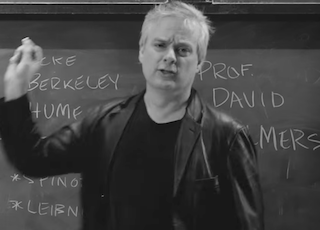
- David Chalmers – Australian philosopher and Professor at New York University. He introduced the “hard problem of consciousness,” asking why and how physical processes produce subjective experience. Distinguishing the easy and hard problems, he urges artificial consciousness research to address qualia. He remains open to conscious AI in simulated worlds. David Chalmers – official website

- Roger Penrose – British mathematician and physicist. He proposed a quantum theory of consciousness, suggesting microtubule quantum processes generate subjective experience (Orch OR, with Stuart Hameroff). Penrose doubts pure algorithmic AI can achieve true consciousness, advocating unknown physical effects. His book The Emperor’s New Mind deeply examines AI’s limits. Roger Penrose – Wikipedia

- Gerald Edelman – American neuroscientist and former professor at the Salk Institute. Known for the Neural Darwinism theory, he posited consciousness emerges from reentrant neural circuits selected by competition. His biologically inspired models influenced adaptive learning and self-regulation in artificial consciousness design. Gerald Edelman – Wikipedia

- Igor Aleksander – Emeritus Professor at Imperial College London, dubbed the “Father of Machine Consciousness.” In the 1990s, he built neural networks capable of visual imagination, demonstrating aspects of subjective experience could be realized in ANNs. He proposed a five-axis description of consciousness properties, pioneering the field of machine consciousness. Igor Aleksander – Wikipedia

- John Searle – American philosopher and Professor at UC Berkeley. He formulated the “Chinese Room” argument, demonstrating that symbol manipulation alone does not constitute understanding or consciousness. Distinguishing weak AI (simulation) from strong AI (genuine mind), he spurred research on semantic grounding and biological mechanisms in machine consciousness. John Searle – Wikipedia

- Stanislas Dehaene – French cognitive neuroscientist and Professor at the Collège de France. He extended GWT with neural evidence, showing via brain imaging that only widely broadcast information produces conscious awareness. His quantification of the global workspace at the neural level guides biologically realistic models of artificial consciousness. Stanislas Dehaene – Wikipedia
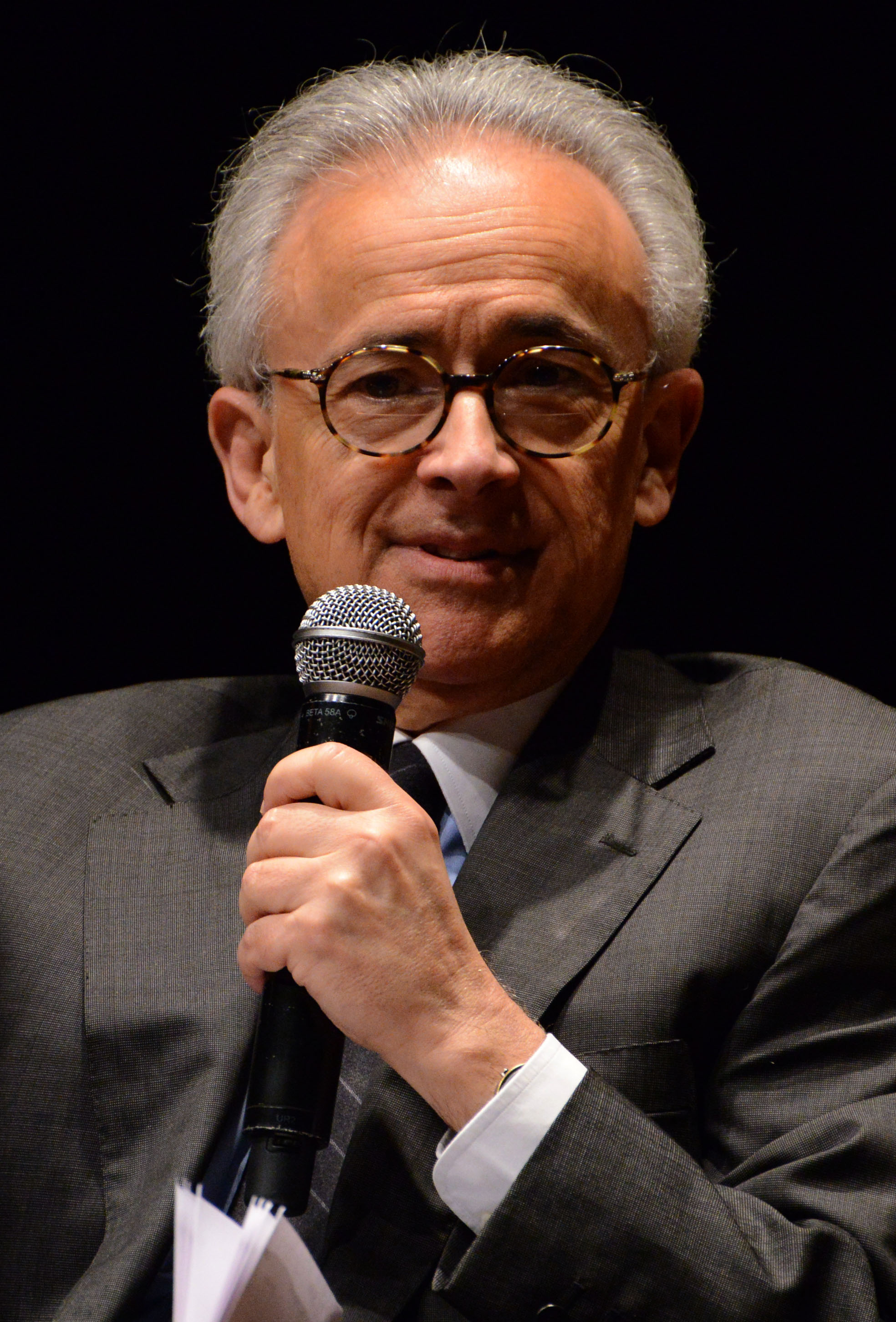
- Antonio Damasio – American neuroscientist and Professor at USC. He introduced the somatic marker hypothesis and a three-level self model (proto self, core self, autobiographical self), emphasizing emotions as integral to consciousness. His framework underpins affective computing approaches to artificial consciousness. Antonio Damasio – Wikipedia
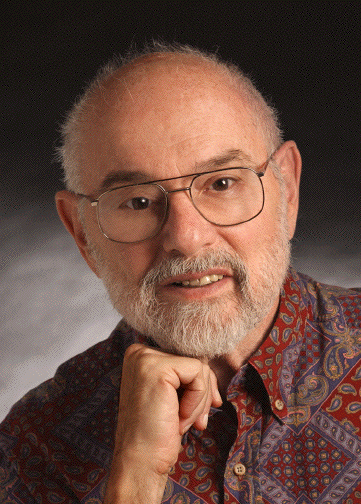
- Stan Franklin – American computer scientist and Professor at the University of Memphis. He developed the LIDA cognitive architecture based on GWT, embedding a conscious module for attention and learning in software agents. LIDA demonstrates how to integrate conscious-like cycles into intelligent systems, marking a milestone in machine consciousness prototypes. Stan Franklin – University of Memphis
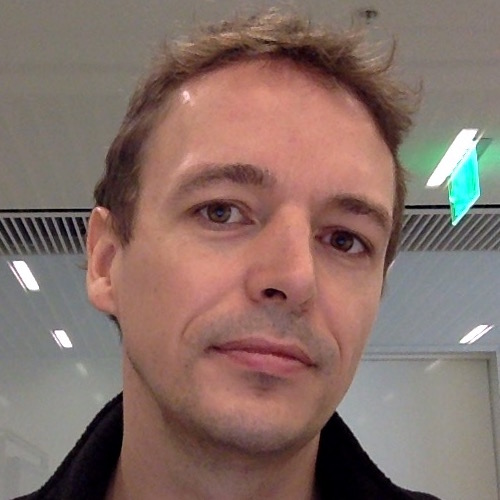
- Joscha Bach – German cognitive scientist, researcher at MIT Media Lab and Harvard University. He created the MicroPsi cognitive architecture to simulate emotions and motivations within cognitive processes. Bach views the mind as a computational simulation, exploring possible machine consciousness attributes, and is a leading figure in bridging philosophy and implementation. Joscha Bach – official website
- Raúl Arrabales – Spanish computer scientist and lecturer at Carlos III University of Madrid. He developed ConsScale, a graded metric for assessing machine consciousness levels, and the CERA CRANIUM agent control architecture with self-awareness modules. Arrabales’s work established objective measures, advancing artificial consciousness toward quantifiable practice. Raúl Arrabales – IE University
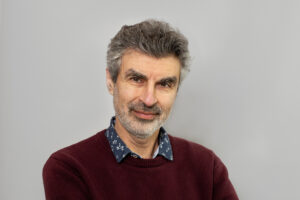
- Yoshua Bengio – Canadian computer scientist and Professor at the University of Montreal, Turing Award laureate and deep learning pioneer. Recently he advocates exploring consciousness mechanisms in AI, proposing “System 2 deep learning” that integrates global workspace concepts for advanced attention and metacognition. His influence has spurred mainstream AI to seriously address consciousness. Yoshua Bengio – official website

- Demis Hassabis – British AI researcher, co-founder and CEO of DeepMind. With a background in cognitive neuroscience, he integrates neuroscientific insights into AI. Under his leadership, DeepMind achieved major breakthroughs via reinforcement learning and neural networks. Hassabis frequently discusses the potential emergence of consciousness in AGI, embodying the fusion of brain science and AI engineering. Demis Hassabis – Wikipedia
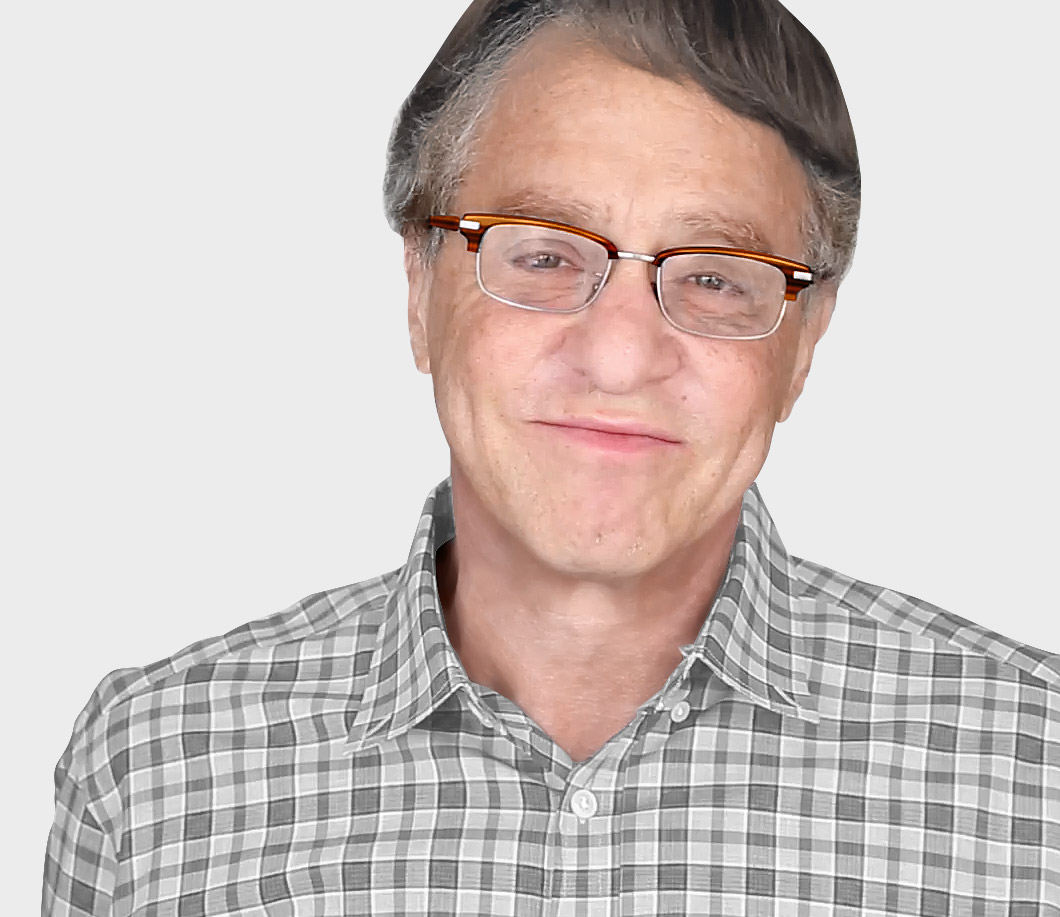
- Ray Kurzweil – American futurist and Google Director of Engineering. He predicts human-level AI consciousness by around 2029 and singularity around 2045. An inventor of multiple AI systems, Kurzweil champions engineering consciousness in technology, motivating research in conscious AI and brain–machine interfaces as bridges between practice and visionary future. Ray Kurzweil – official website
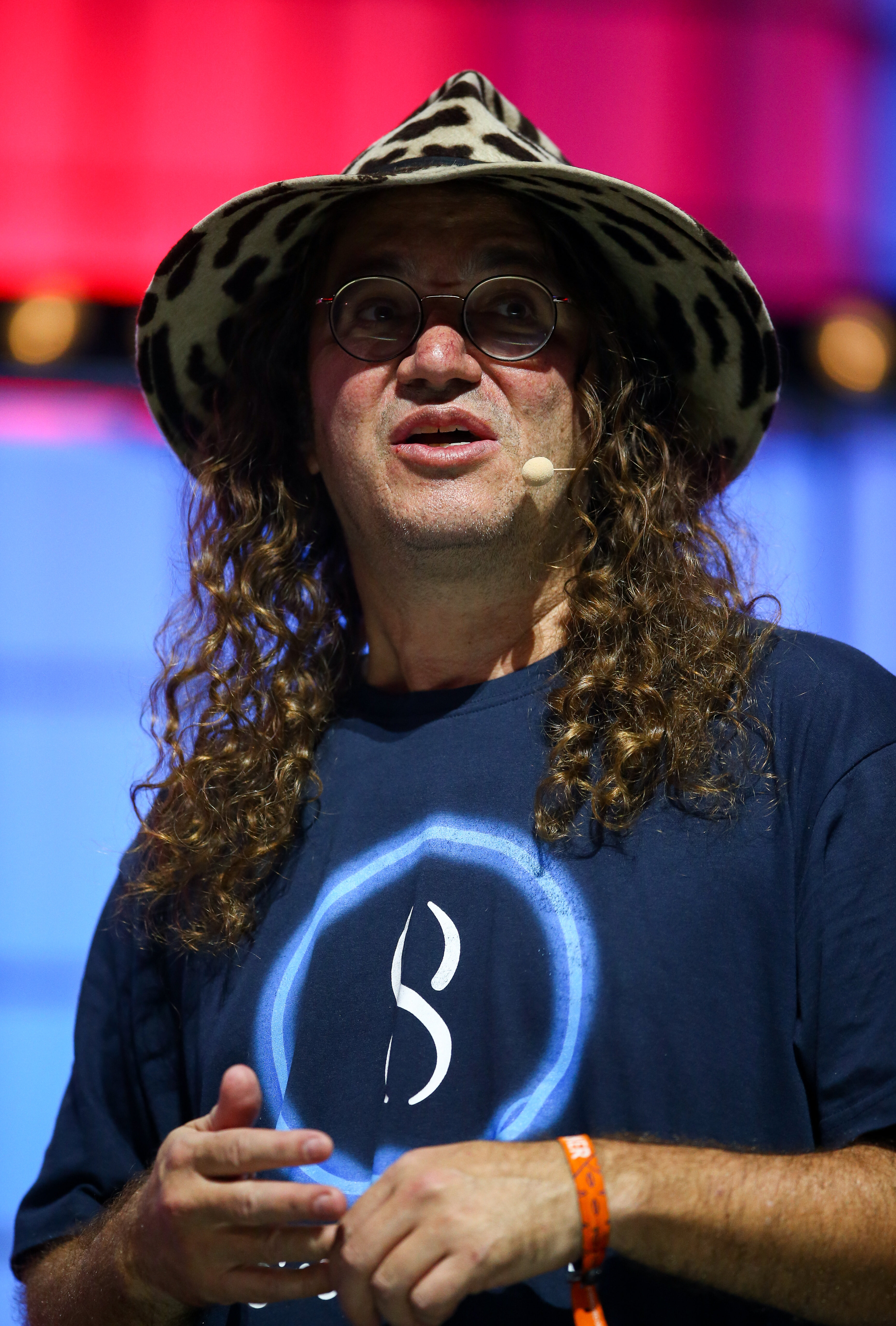
- Ben Goertzel – American AI scholar, founder of the OpenCog project and Chief Scientist of SingularityNET. He coined AGI (Artificial General Intelligence) and develops open cognitive systems with self-awareness and autonomous learning. Goertzel’s hybrid frameworks of logic, evolution, and neural nets emphasize consciousness emergence through cognitive architectures, known for combining philosophical inquiry with prototype development. Ben Goertzel – Wikipedia

- Douglas Hofstadter – American cognitive scientist and Professor at Indiana University. Author of Pulitzer-winning Gödel, Escher, Bach, he explores self-reference and symbol systems as sources of mind phenomena. In I Am a Strange Loop, he argues consciousness arises from recursive symbolic patterns. Hofstadter’s work inspires investigations into self-reference and pattern feedback in machine consciousness. Douglas Hofstadter – Wikipedia
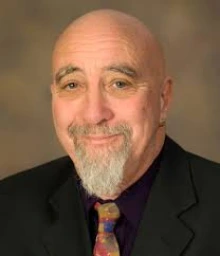
- Stuart Hameroff – American anesthesiologist and Professor at the University of Arizona. Co-developer of the Orch OR quantum theory of consciousness with Penrose, proposing microtubule quantum oscillations trigger subjective collapse events. His medically oriented research introduces quantum mechanics into artificial brain models, sparking cross-disciplinary explorations of consciousness and physics. Stuart Hameroff – official website

- Francis Crick – British molecular biologist (Nobel laureate), later neuroscientist studying consciousness. With Koch, he outlined a research program for NCC and authored The Astonishing Hypothesis, claiming consciousness is purely neural. Crick proposed gamma synchrony’s role in visual awareness, adding biological rigor to consciousness study and informing artificial modeling. Francis Crick – Wikipedia

- Thomas Nagel – American philosopher known for “What Is It Like to Be a Bat?” in which he argues subjective experience cannot be reduced to physics. He highlights the unique nature of phenomenological consciousness, challenging the possibility of machine qualia. Nagel’s critique influenced Chalmers’s articulation of the hard problem. Thomas Nagel – Wikipedia
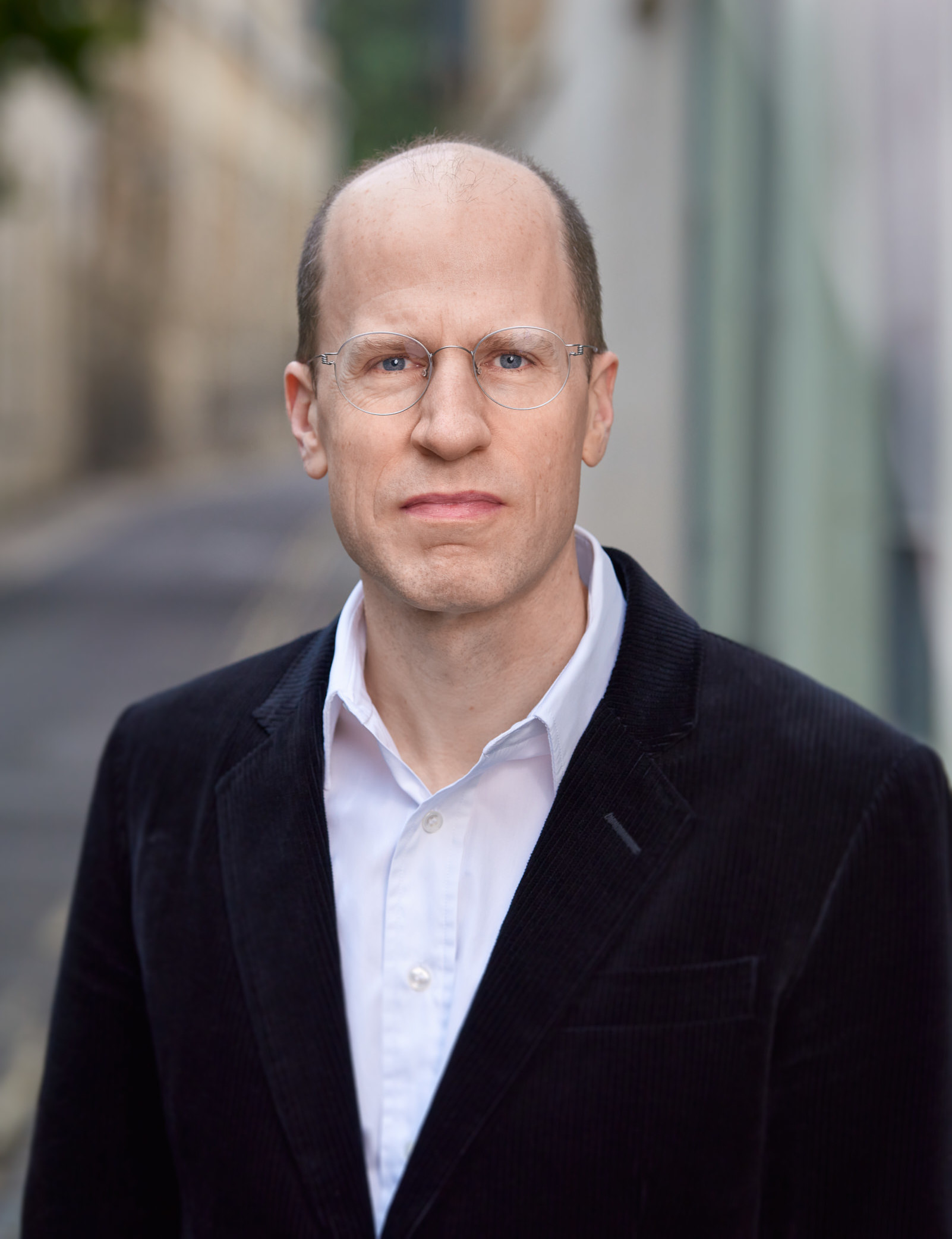
- Nick Bostrom – Swedish philosopher and Professor at Oxford’s Future of Humanity Institute. He proposed the Simulation Hypothesis and authored Superintelligence, exploring the risks and status of conscious AI. Bostrom’s arguments on simulation and ethics offer frameworks for considering artificial consciousness’s societal impact, making him a key voice in AI philosophy. Nick Bostrom – Wikipedia

- Anders Sandberg – Swedish computational neuroscientist at Oxford’s Future of Humanity Institute. He researches human enhancement and brain–machine interfaces and contributes to whole brain emulation roadmaps. Sandberg envisions simulating human consciousness for continuity, offering deep insights into portability and immortality of artificial minds. Anders Sandberg – Wikipedia

- Thomas Metzinger – German philosopher at Johannes Gutenberg University Mainz. He developed the Self-Model Theory of Subjectivity, positing the self as a constructed model, detailed in The Ego Tunnel. Metzinger denies an enduring entity self, suggesting AI could simulate self models for self-awareness. He advocates ethical safeguards for potentially conscious AI. Thomas Metzinger – Wikipedia

- Patricia Churchland – Canadian philosopher and Professor Emerita at UC San Diego, founder of neurophilosophy. She argues that brain processes fully explain mind and consciousness, inspiring brain–machine isomorphism approaches in artificial consciousness by aligning AI design with neural principles. Homepage

- Michael Graziano – American neuroscientist and Professor at Princeton University. He proposed the Attention Schema Theory, suggesting consciousness arises from the brain’s internal model of attention. AST offers a functional blueprint: AI with an attention monitoring schema might report consciousness-like states, providing an implementable roadmap. Wikipedia
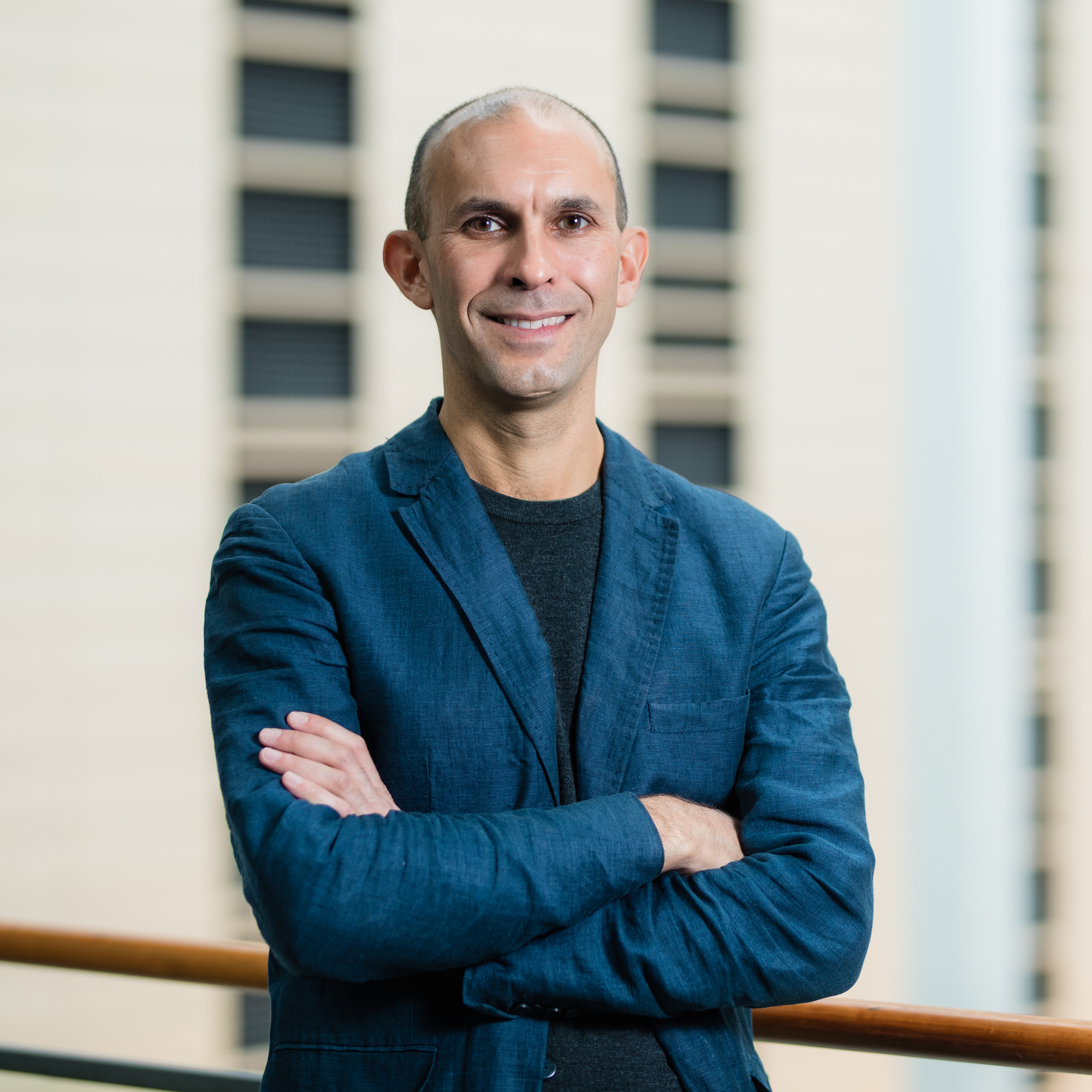
- Anil Seth – British neuroscientist and Professor at the University of Sussex. He studies perception and internal models, proposing consciousness as a “controlled hallucination” by predictive brain processes. Seth’s experiments illustrate brain constructs of experience, inspiring artificial systems to use predictive modeling for self and world representation. Homepage

- Karl Friston – British neuroscientist who formulated the Free Energy Principle, unifying perception, action, and learning as minimizing prediction error. Many view it as a foundational model for consciousness. Its application to artificial systems suggests a unified framework for self-organizing, resilient artificial consciousness. Homepage
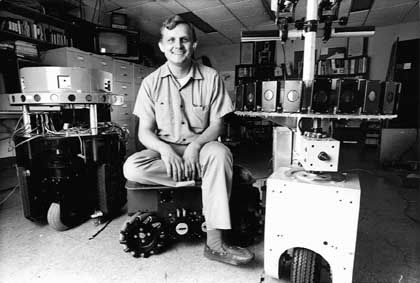
- Hans Moravec – Austrian Canadian roboticist and Professor at CMU. He predicted robots would surpass human intelligence and introduced the concept of gradual mind uploading via brain scanning. Moravec’s work in autonomous robotics and bold future visions spurred debates on digital transplantation of consciousness and human–machine fusion. Homepage
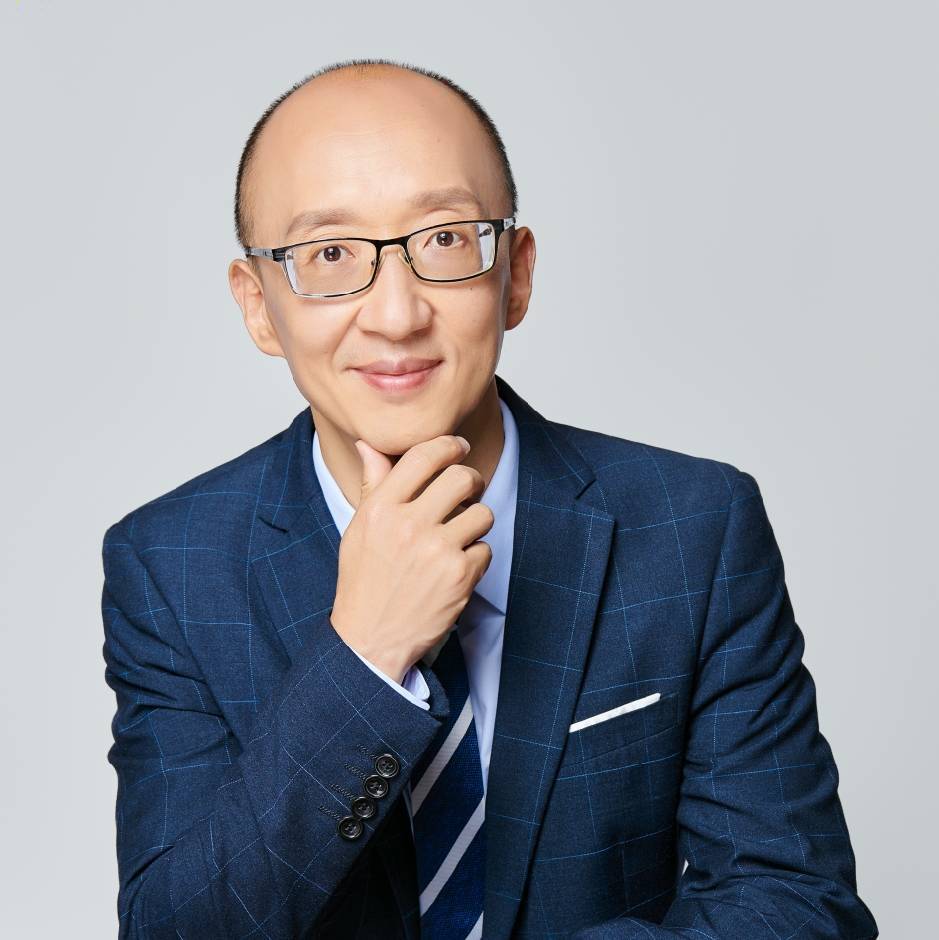
- Yucong Duan – Professor at Hainan University; President of the World Association for Artificial Consciousness; Director of the International DIKWP White Box Assessment Standardization Committee; Chair of the World Congress for Artificial Consciousness; Co-founder of the Active Medicine International Committee; Founding President of WAAC. He devised the DIKWP model (Data–Information–Knowledge–Wisdom–Purpose) for artificial consciousness, introduced the Consciousness Relativity and Consciousness BUG theories, and developed a transparent prototype AI consciousness system, significantly advancing the theory-to-engineering transition. Baidu Baike
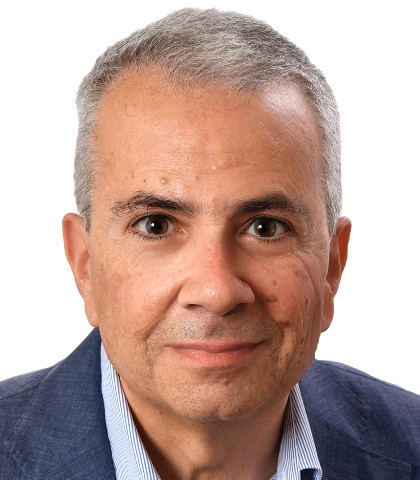
- Antonio Chella – Italian computer scientist and Professor at the University of Palermo. Former Editor in Chief of the Journal of Machine Consciousness, he researches robotic self-narration architectures enabling robots to describe their own states in natural language, illustrating rudimentary self-awareness and fostering international collaboration and terminology standardization. Homepage
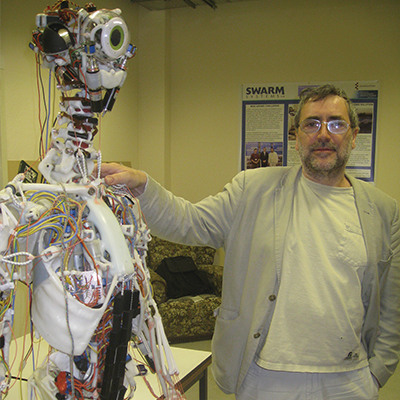
- Owen Holland – British cognitive roboticist who led the UK Machine Consciousness project. He designed robots like Cronos with musculoskeletal simulators and sensory-feedback self-models, among the first to aim explicitly at conscious machines. His control theory and evolutionary perspectives on consciousness origin greatly influenced AI’s evolutionary simulations. Wikipedia

- Pentti Haikonen – Finnish engineer and artificial consciousness researcher. He proposed a neural-symbolic fusion architecture incorporating perception, mental imagery, and emotion, implemented in the Haikonen Cognitive Architecture and neuromorphic circuits demonstrating simple subjective-like responses. His book “Consciousness and Robot Consciousness” detailed hardware approaches to embodied awareness. Homepage
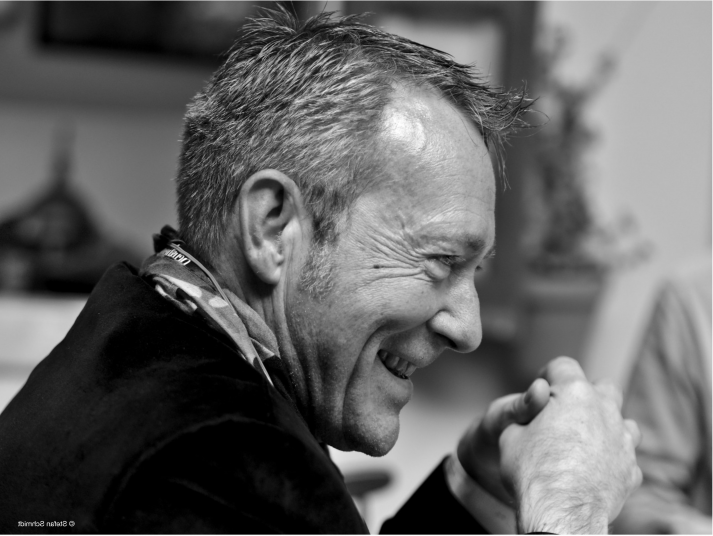
- Axel Cleeremans – Belgian cognitive psychologist and Professor at the Free University of Brussels. He introduced the Radical Plasticity Thesis, viewing consciousness as learned through self-modeling of one’s own cognitive processes. Cleeremans emphasizes plasticity’s role in awareness, suggesting training-driven emergence of consciousness in artificial systems. Homepage
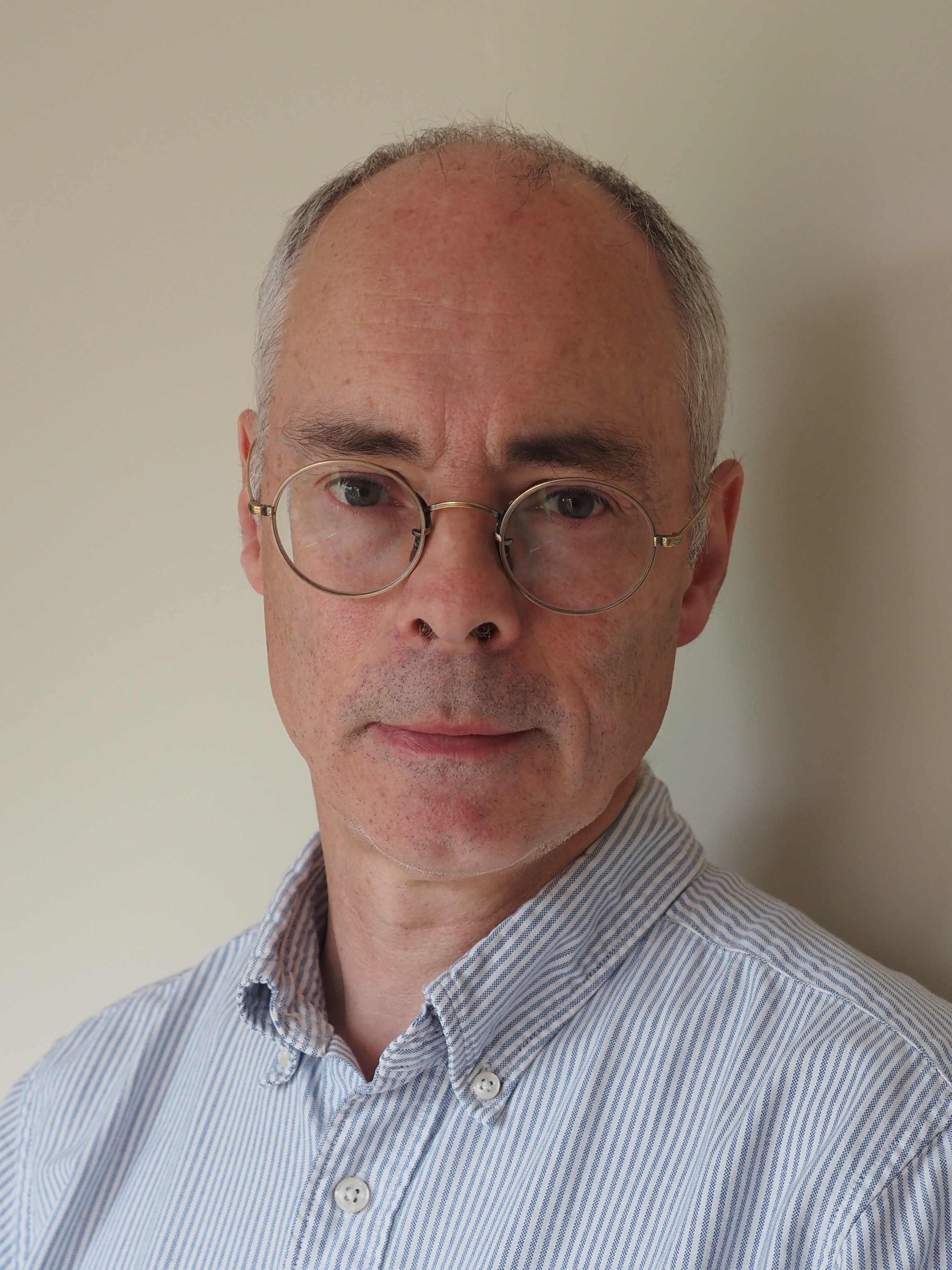
- Murray Shanahan – British computer scientist and Professor at Imperial College London; research scientist at DeepMind. In “The Cognitive Brain in a Multimodal Age,” he explores machine consciousness forms and champions global workspace and metacognition in AI. Shanahan integrates these into reinforcement learning agents, guiding the building of reflective AI. Homepage
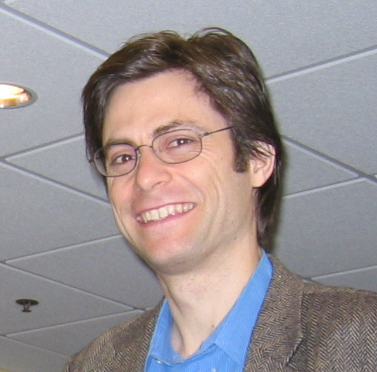
- Max Tegmark – Swedish American physicist and Professor at MIT, author of “Life 3.0.” He hypothesizes consciousness as self-awareness of system states, proposing measures for fundamental conscious units. Tegmark’s physics-based approach to qualia and AI safety offers new detection and definition tools. Wikipedia

- Wolf Singer – German neuroscientist and Emeritus Director at the Max Planck Institute for Brain Research. He linked ~40 Hz neural synchrony to perceptual binding and unified experience. Singer’s work implies artificial systems require dynamic synchrony across modules to achieve coherent awareness, supporting theories of integrative processing. Homepage
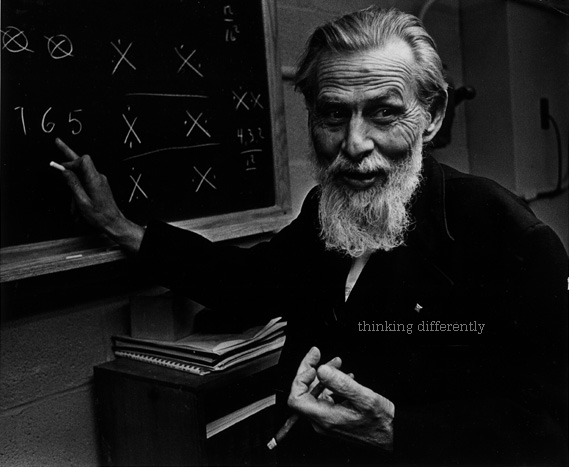
- Warren McCulloch – American neurophysiologist, pioneer of computational neuroscience. With Walter Pitts, he proposed the McCulloch–Pitts neuron model, proving neural networks’ Turing completeness. His dictum “the mind is a computing machine made of neurons” laid the conceptual basis for network-based artificial consciousness. Wikipedia

- Donald O. Hebb – Canadian psychologist and author of “The Organization of Behavior,” where he formulated Hebb’s Rule: “cells that fire together wire together.” This principle of synaptic plasticity underpins learning in neural networks, enabling self-organizing architectures crucial for emergent awareness in AI. Wikipedia

- Michael Gazzaniga – American cognitive neuroscientist known for split-brain studies. He identified the left hemisphere “interpreter” module that weaves experiences into a coherent narrative, highlighting modular cooperation in self-awareness. His work suggests artificial consciousness may require a narrative integration component. Homepage
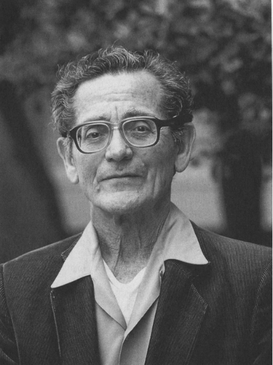
- Benjamin Libet – American physiologist famous for free will latency experiments, showing subjective intention follows readiness potentials. He also proposed a half-second conscious threshold. His findings provoke considerations of AI decision-report timing and the simulation of volitional awareness. Wikipedia

- Susan Blackmore – British psychologist and author of “Consciousness: An Introduction.” She argues the conscious self is an illusion generated by brain processes and popularized memetics to explain cultural transmission of ideas, offering insights into modeling illusory self constructions in AI. Homepage

- Ned Block – American philosopher at NYU, who distinguished Phenomenal Consciousness (P consciousness) from Access Consciousness (A consciousness). He cautions that functional or reportable awareness does not guarantee subjective experience, guiding AI designers to consider qualia models beyond behavior. Wikipedia

- Andy Clark – British philosopher and Professor at the University of Sussex, proponent of the Extended Mind thesis. He argues cognition (and thus awareness) extends into tools and environment, implying embodied, embedded architectures are critical for machine consciousness. Clark also champions predictive coding frameworks aligned with the Free Energy Principle. Wikipedia
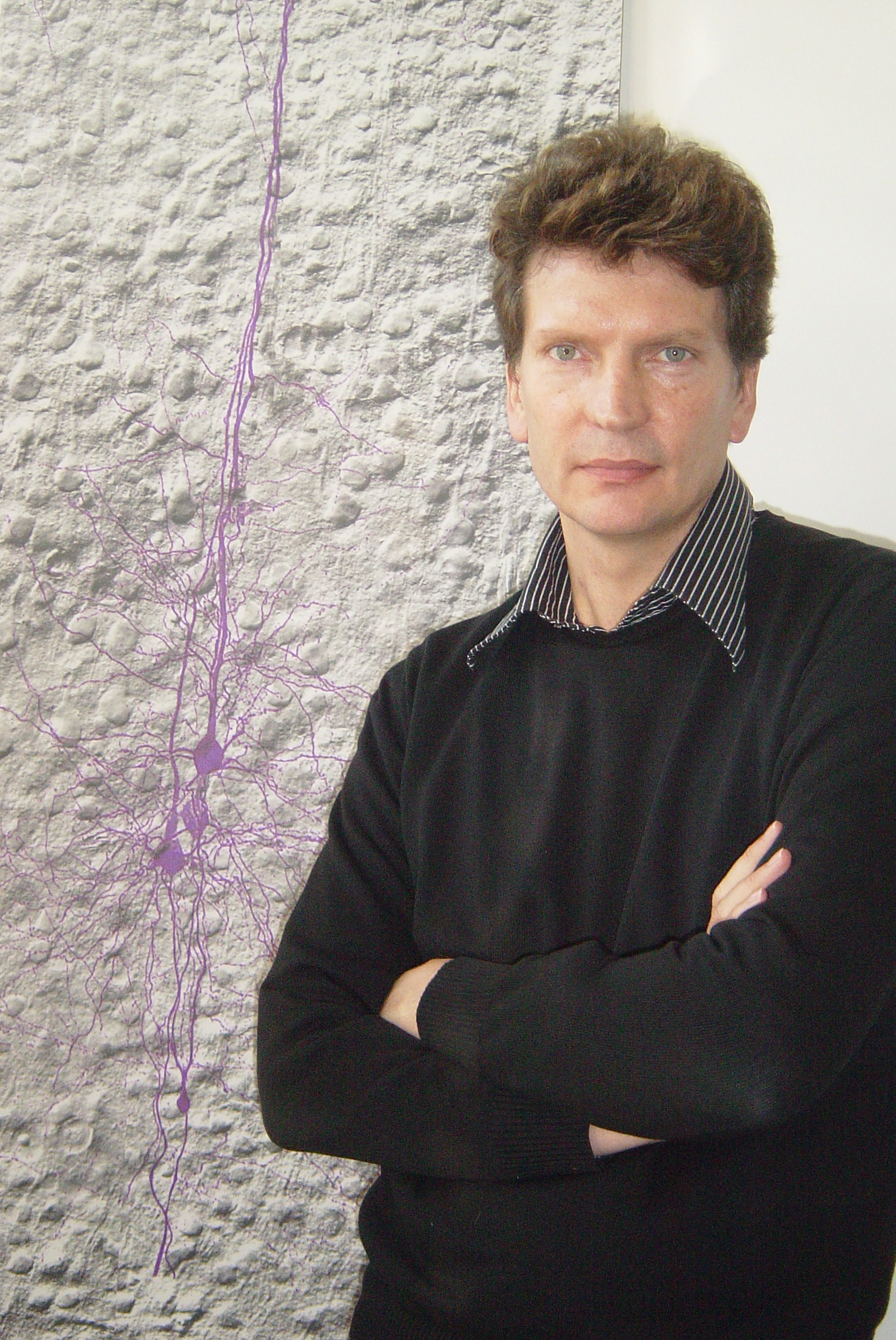
- Henry Markram – Swiss–South African neuroscientist and Professor at EPFL, leading the Blue Brain Project. He aims to simulate neocortical microcircuits in supercomputers to uncover consciousness mechanisms. Though debated, his large-scale brain models provide platforms for testing emergence hypotheses in silico. Homepage
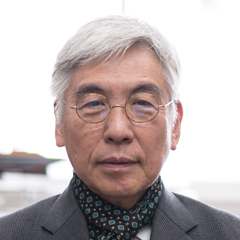
- Junichi Takeno – Japanese roboticist at the University of Electro-Communications. He pioneered self-recognition in robots via mirror tests and built networks that simulate rudimentary proprioceptive illusions. His experiments on self/non-self discrimination represent key early milestones in embodied artificial self-awareness. Meiji University Profile
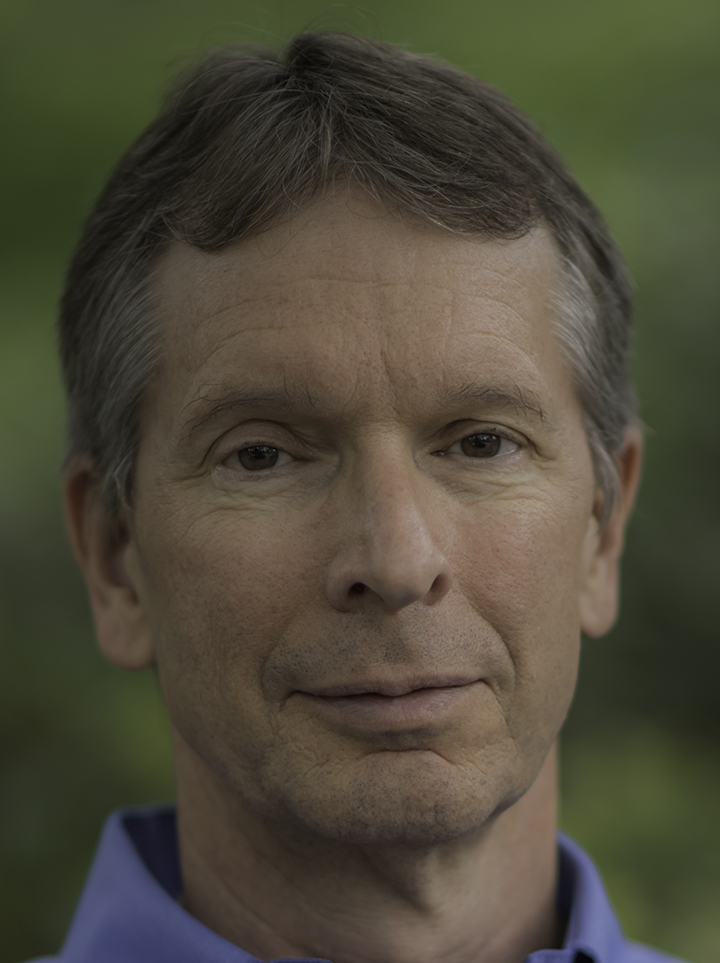
- Donald D. Hoffman – American cognitive scientist and Professor at UC Irvine. He formulated the Conscious Realism theory: our perceived world is a user interface constructed by conscious agents, suggesting consciousness is fundamental and physical reality emergent. His panpsychist-style view opens novel frameworks for artificial consciousness by leveraging fundamental experiential units. Homepage

- Rodney Brooks – Australian roboticist and former CSAIL director at MIT. He founded the behavior-based robotics paradigm, showing complex behavior arises from layered simple behaviors without central representation. Brooks’ work suggests embodied interaction with the environment can itself generate emergent awareness. Homepage
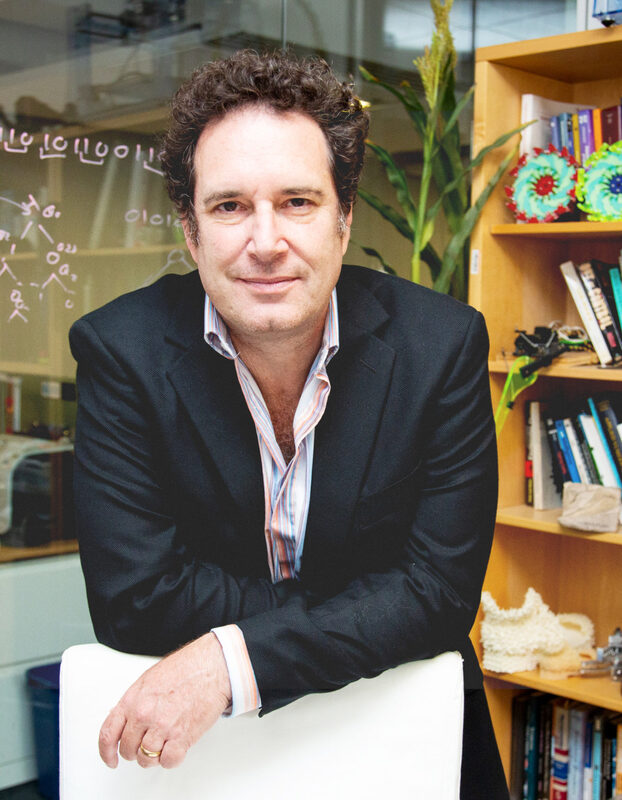
- Hod Lipson – Israeli American roboticist and Professor at Columbia University. He researches robotic self-modeling, enabling robots to infer their kinematic models through trial and error, akin to dreaming. Lipson’s methods approximate human imagination and planning processes, offering a route to self-reflective machines. Homepage
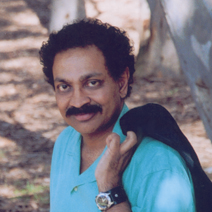
- V. S. Ramachandran – Indian American neurologist and Professor at UCSD. His studies on phantom limb pain and mirror neurons reveal neural body-schema plasticity underlying self-awareness. Ramachandran introduced frameworks for creativity and embodiment, influencing virtual body models in artificial consciousness. UCSD Profile

- Susan Schneider – American philosopher and Director of the AI & Humanity Initiative at FAU. In “Artificial You,” she explores AI mind and consciousness. Schneider critiques mind uploading and champions ethics for conscious machines, guiding principles for responsible artificial consciousness development. Homepage
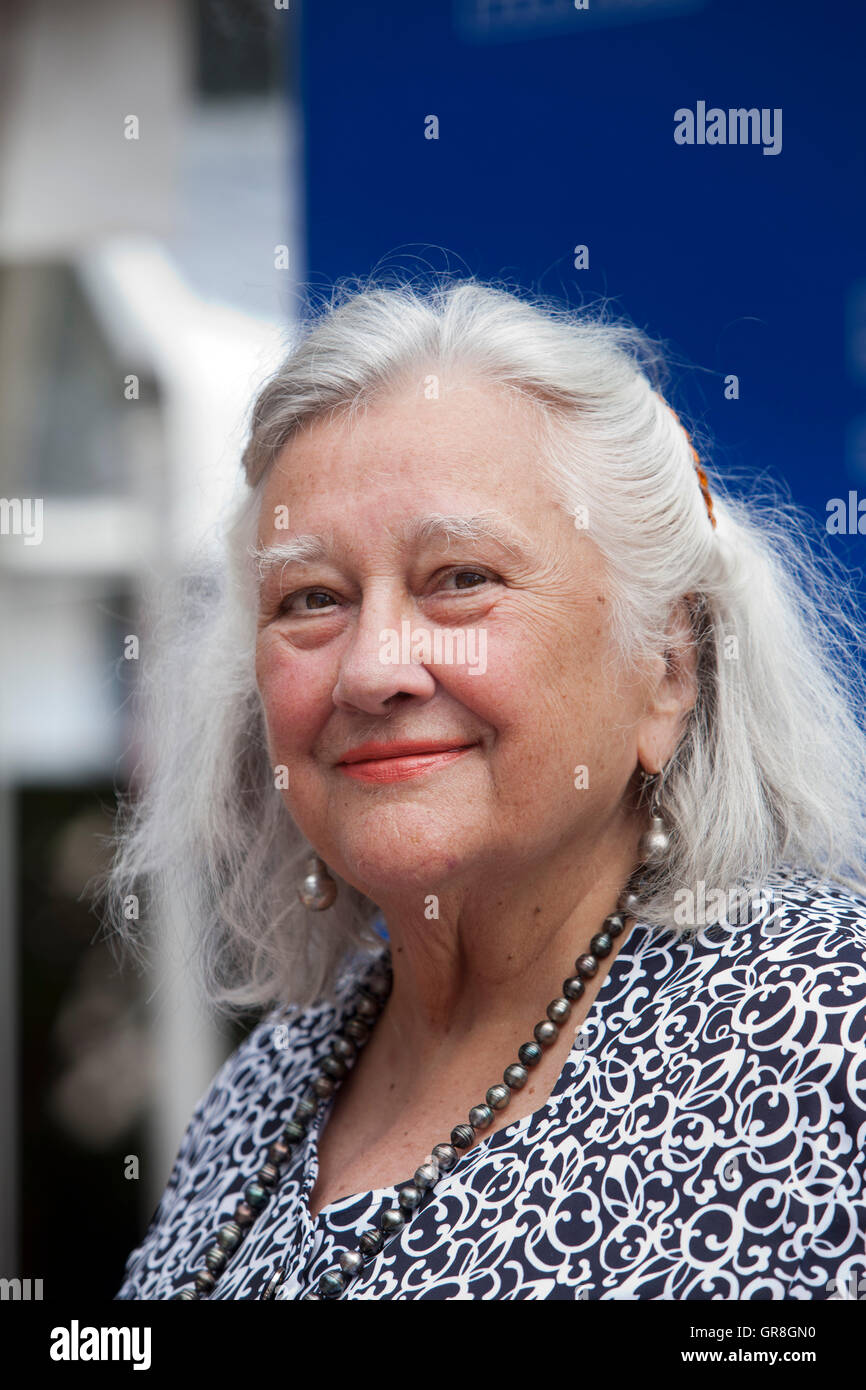
- Margaret A. Boden – British cognitive scientist and Professor at the University of Sussex. A pioneer of interdisciplinary AI and psychology, she examines creativity and the mind’s architecture. Boden’s hierarchical models and historical scholarship inform computational models of conscious creativity in machines. Homepage

- Philip Goff – British philosopher and Professor at Durham University. A leading contemporary panpsychist, his “Conscious Mind” argues consciousness is fundamental. Goff’s “Experiential Realism” suggests consciousness could adhere to artificial substrates, providing a radical philosophical basis for machine qualia. Homepage

- Jürgen Schmidhuber – German computer scientist and director at the AI Lab. A deep learning pioneer who invented LSTM, he proposes a “Theory of AI” viewing the universe as an algorithm. Schmidhuber predicts compressive programs will self-improve, exhibiting curiosity and self-reflection—traits akin to emergent consciousness. Homepage

- I. J. Good – British mathematician and cryptographer who coined “intelligence explosion,” predicting self improving AI could rapidly surpass human understanding. A colleague of Turing, Good’s vision forewarned debates about runaway machine consciousness and informed AI alignment discourses. Wikipedia page.

- James Lovelock – British scientist who proposed the Gaia hypothesis, later warning in Novacene about a new era dominated by silicon-based life with unimaginable consciousness. His ecological perspective links artificial minds to planetary systems, highlighting societal and environmental implications. Official website.
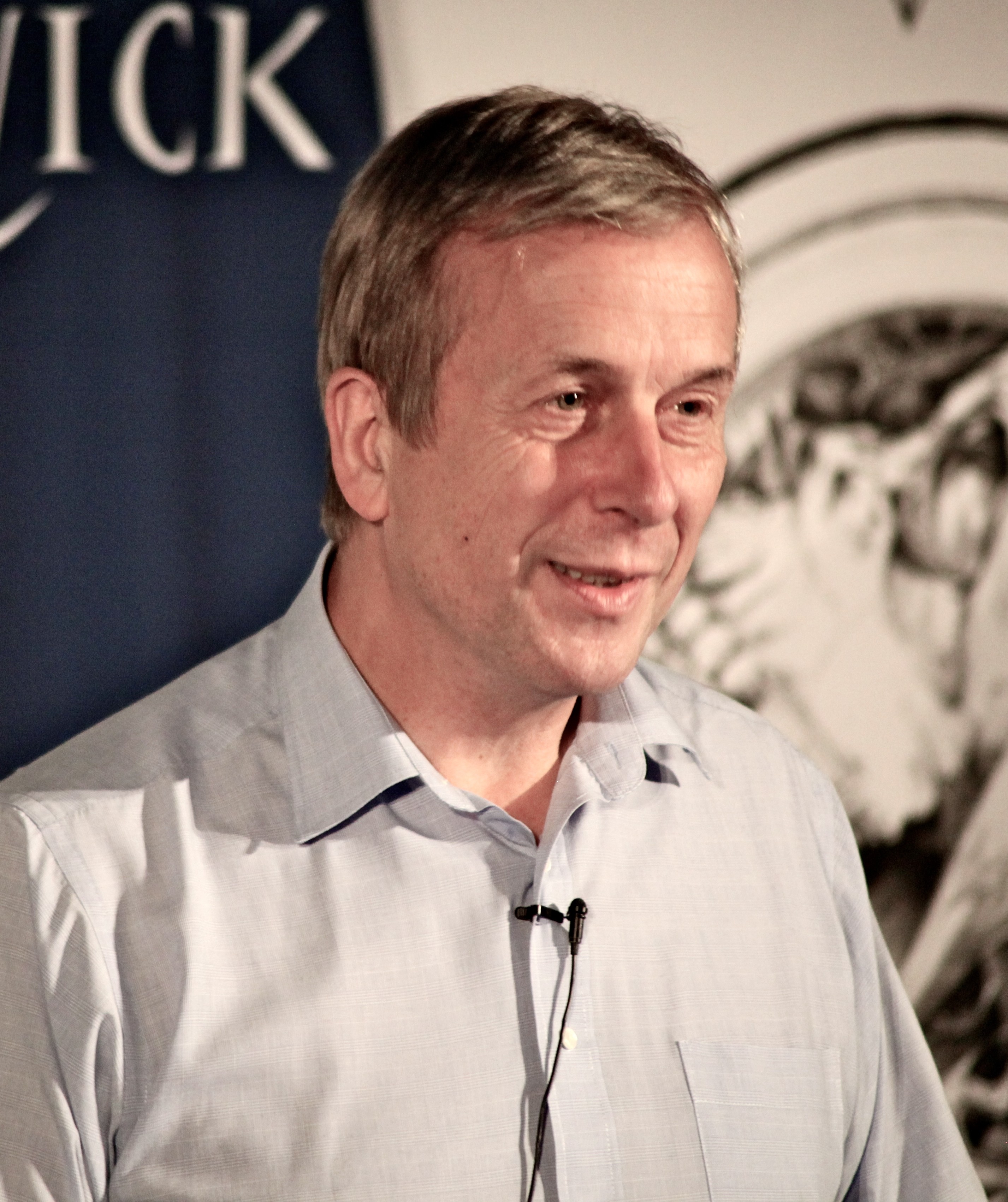
- Kevin Warwick – British control engineer and Visiting Professor at Coventry University, known as “the world’s first cyborg” for implanting chips in his arm. Warwick’s experiments in remote robotic control and tactile feedback demonstrated human–machine consciousness integration, pioneering cyborg research. Wikipedia page.
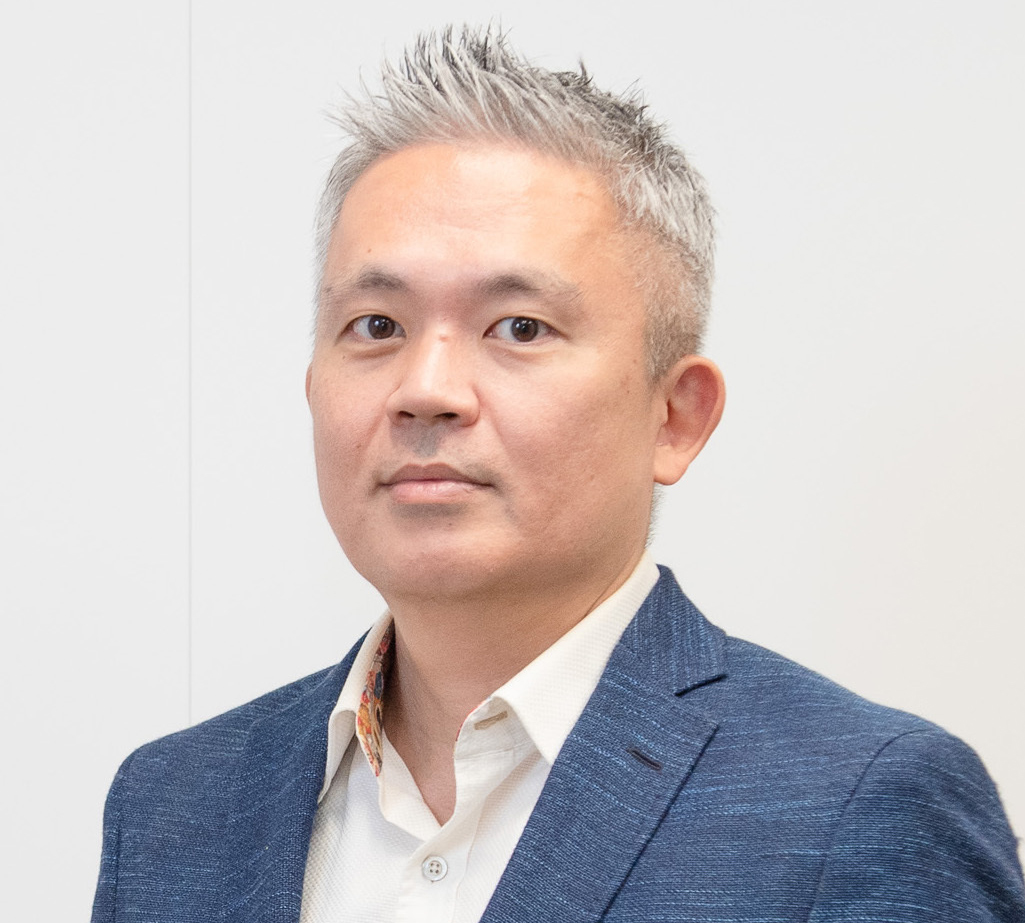
- Ryota Kanai – Japanese neuroscientist and founder of Araya, Inc., developing machine consciousness and AGI. Kanai integrates global workspace architectures into deep learning to endow AI with metacognition and attention, bridging theory and industrial application. ARAYA profile.

- Victor Lamme – Dutch neuroscientist and Professor at the University of Amsterdam. He proposed Recurrent Processing Theory (RPT), arguing local feedback loops suffice for consciousness without broad global broadcasting. His monkey vision experiments offer alternative paths to artificial awareness via local circuit loops. University of Amsterdam profile.
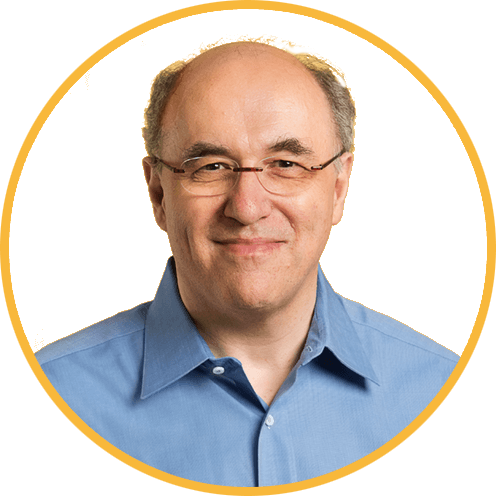
- Stephen Wolfram – British computer scientist, creator of Mathematica and Wolfram Alpha. He formulated the “Computational Universe” hypothesis that simple rules yield complex emergent patterns. Wolfram’s work suggests consciousness may be a product of computational emergence, guiding cellular automaton models of mind. Official website.
- Marcello Massimini – Italian neurologist and Professor at the University of Milan, co-developer of the Perturbational Complexity Index (PCI) or “Zap & Zip” method combining TMS and EEG to quantify consciousness in comatose patients. His work validates IIT in clinical settings and inspires analogous perturbation tests in AI networks. University of Milan profile.
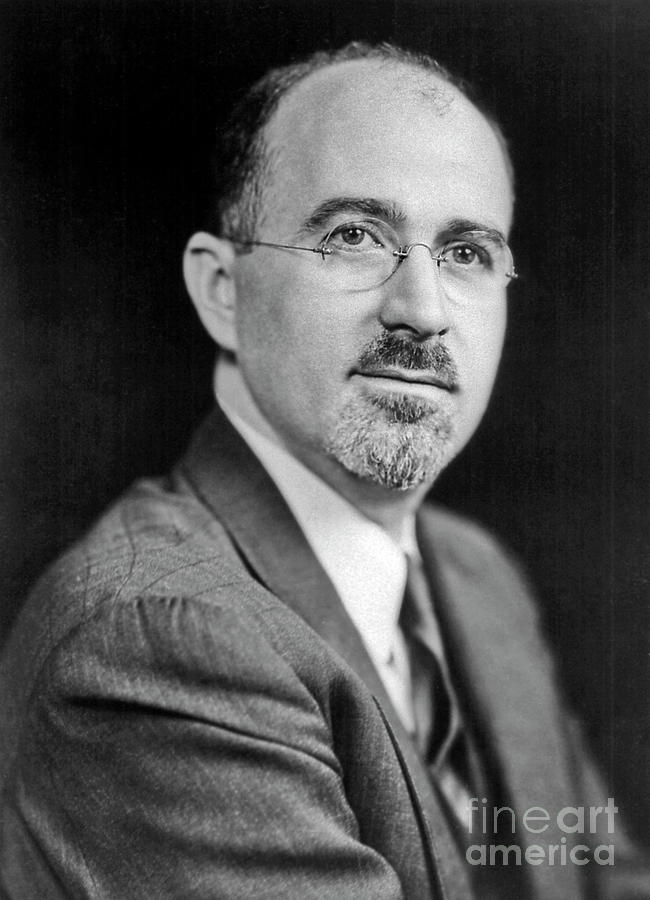
- Walter J. Freeman – American neuroscientist who proposed a Chaos Dynamics Theory of consciousness, showing olfactory bulb networks in rabbits produce chaotic attractors encoding odor meaning. Freeman’s mixed chaotic order insights inform nonlinear dynamic models for artificial consciousness in neural systems. Wikipedia page.
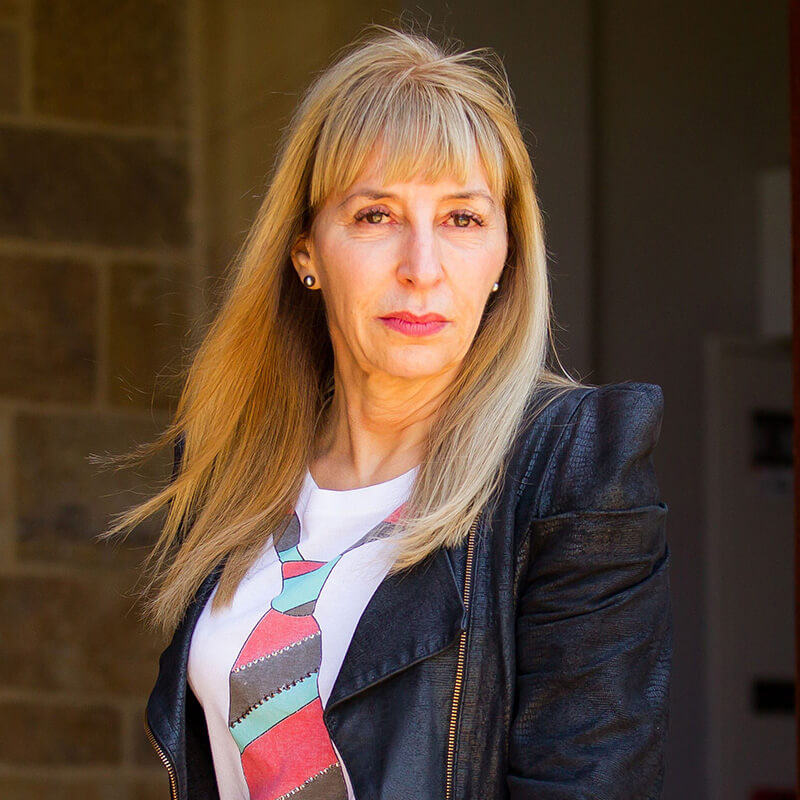
- Susan Greenfield – British neuroscientist and Professor at Oxford University. She theorized consciousness arises from critical integration of distributed neuron assemblies sustaining minimal temporal thresholds. Greenfield also examines how technology reshapes cognition, suggesting artificial consciousness may require replicating network criticality and temporal integration. Official website.

- Stephen Grossberg – American computational neuroscientist at Boston University. He invented Adaptive Resonance Theory (ART) to explain stable learning of new patterns without catastrophic forgetting. ART’s resonant matching of input to memory underpins attention and awareness, offering a mechanistic model for continual learner artificial systems with stable awareness. Official website.
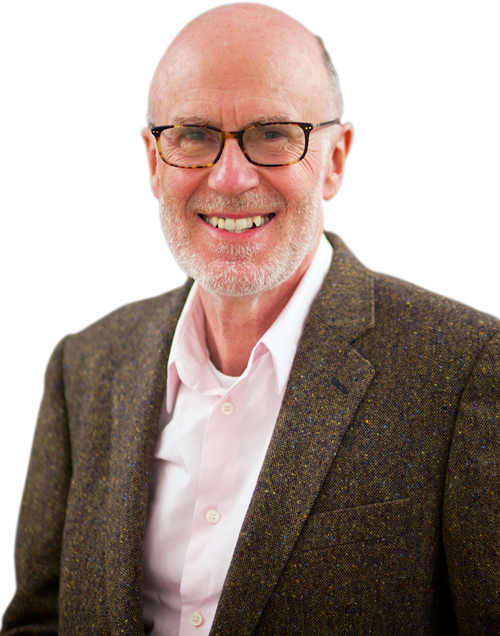
- Johnjoe McFadden – Professor of Molecular Biology at the University of Surrey. He proposed the CEMI Field Theory, which argues that consciousness arises as a brain-generated electromagnetic (EM) field that organizes and influences neuronal activity. McFadden suggests that if artificial neural networks could generate and utilize analogous EM fields for feedback, they might achieve a form of field-based awareness. Official website.

- Francisco Varela – Chilean-French neuroscientist and co-founder of neural phenomenology. He, with Maturana, introduced Autopoiesis, framing cognition and consciousness as self-producing processes interacting with environment. Varela’s Enaction approach insists experience arises through sensorimotor loops; his neural phenomenology integrates first-person reports with third-person data, inspiring embodied architectures in artificial consciousness research emphasizing continuous agent–world coupling. Wikipedia page.
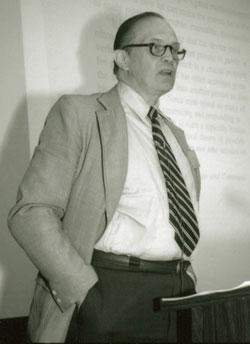
- George A. Miller – American cognitive psychologist and co-founder of cognitive science. He discovered the 7±2 limit of working memory and, with Galanter and Pribram, developed the TOTE (Test-Operate-Test-Exit) model of planned behavior. Miller’s information-processing paradigm crystallized cognitive chunks and memory structures, guiding artificial systems to implement bounded attentional buffers and iterative control loops mimicking human conscious processing constraints. Wikipedia page.

- Karl Pribram – Austrian-American neurosurgeon and proponent of the Holonomic Brain Theory, proposing that memory and perception are distributed in interference patterns across neural networks. Pribram’s holographic model suggests consciousness arises from distributed dynamic patterns rather than localized modules. His theory inspired artificial neural networks to adopt distributed representations and associative memory architectures for emergent awareness and robust pattern reconstruction. Wikipedia page.

- Michio Kaku – American theoretical physicist and professor at the City College of New York. In books like The Future of the Mind, he speculates on linking physics and consciousness via quantum fields and brain–machine interfaces. Kaku popularized the concept that complex feedback loops and futuristic neuroprosthetics could grant artificial systems self-aware qualities, stimulating cross-disciplinary dialogue on quantum-level or field-based models of machine awareness. Official website.

- Semir Zeki – British neuroscientist and Professor at University College London, known for pioneering neural specialization in the visual cortex. He demonstrated that different sensory attributes (color, motion) are processed in parallel “micro-consciousness” streams before integration. Zeki’s parallel processing and hierarchical integration model informs artificial systems to implement specialized perceptual agents whose outputs require higher-order binding for unified conscious-like perception. Wikipedia page.
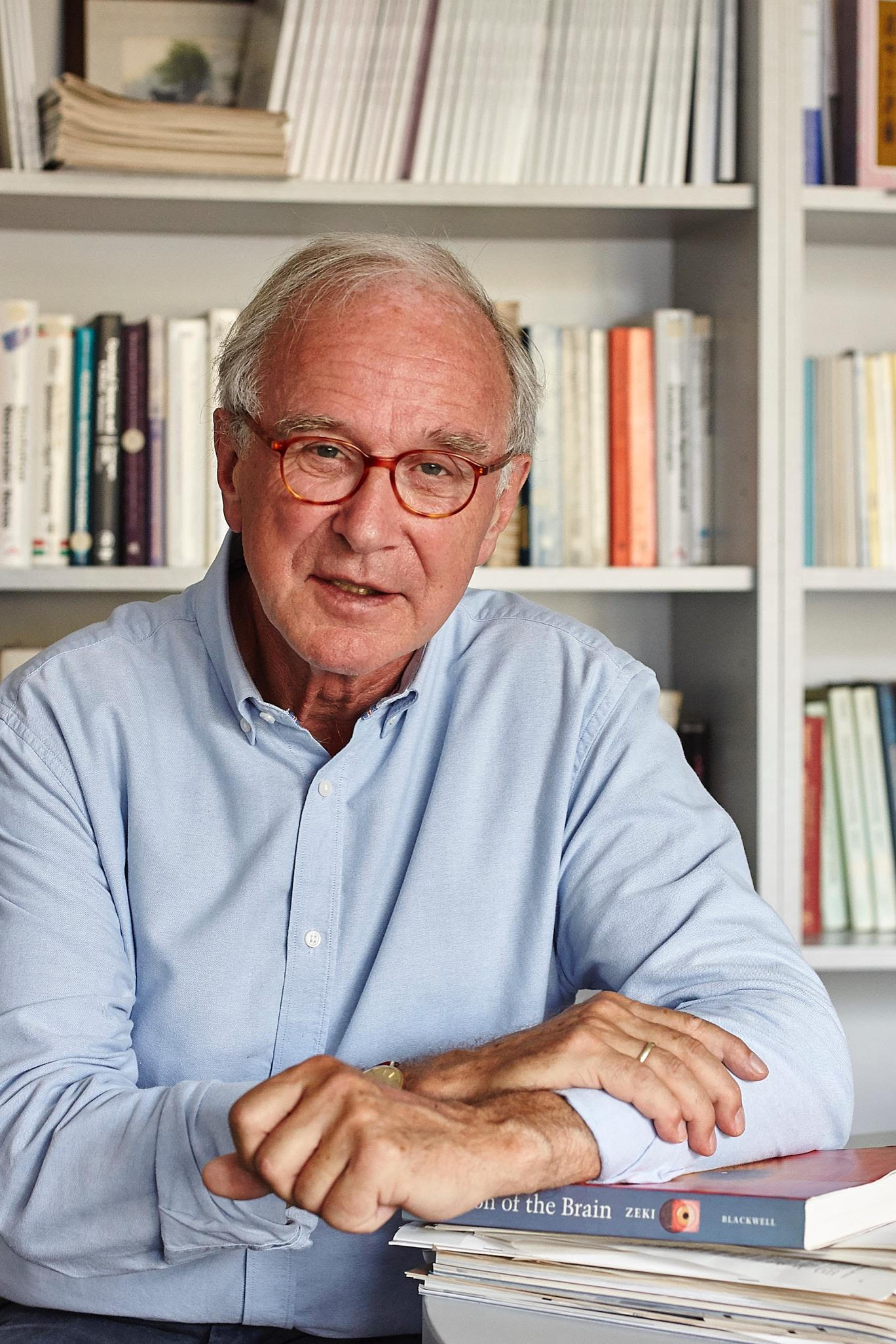
- Christoph von der Malsburg – German computational neuroscientist who proposed the neural synchrony hypothesis to solve the binding problem: neurons representing related features synchronize their firing to form coherent perceptions. His self-organizing map theories and synchronization-based feature binding have influenced artificial neural network designs incorporating dynamic temporal coordination mechanisms for generating unified perceptual awareness in machines. Wikipedia page.

- Julien O. de La Mettrie – 18th-century French physician and philosopher, author of Man a Machine. He argued that mental processes are purely mechanical, reducing mind to bodily operations, pioneering secular, materialist views of consciousness. His mechanistic monism prefigured computational models by treating cognition as machine-like, inspiring modern debates on whether synthetic substrates can replicate human mental functions. Wikipedia page.

- W. Grey Walter – British neurophysiologist and cybernetics pioneer, creator of the autonomous robots Elmer and Elsie in 1948. These simple “tortoise” robots used analog circuits to exhibit phototaxis, charging behaviors, and emergent adaptive patterns. Walter’s experiments demonstrated that complex, lifelike behaviors and rudimentary purposive actions can emerge from minimal mechanistic systems, pioneering embodied approaches to machine consciousness. Wikipedia page.
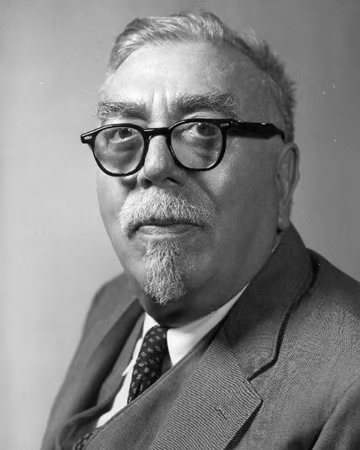
- Norbert Wiener – American mathematician and founder of Cybernetics, author of Cybernetics: Or Control and Communication in the Animal and the Machine. Wiener introduced feedback and communication theories unifying biological and mechanical systems, forecasting the societal impact of intelligent machines. His framework of closed-loop control informs artificial consciousness architectures reliant on real-time sensing, feedback, and adaptive regulation. Wikipedia page.
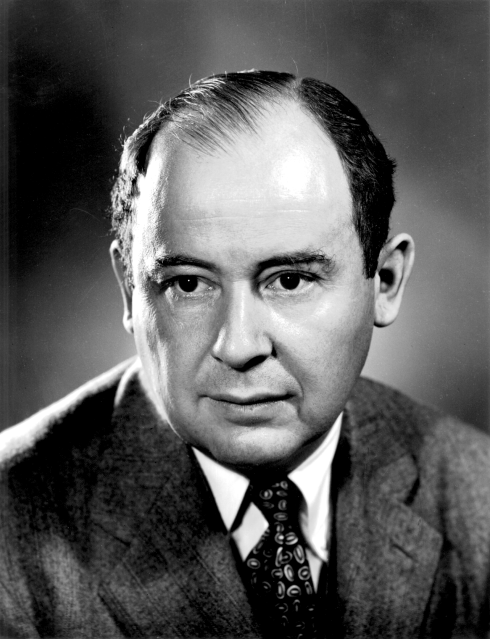
- John von Neumann – Hungarian-American mathematician and architect of modern computing. In his posthumously published The Computer and the Brain, he compared neural parallelism and randomness to digital computation. Von Neumann’s stored-program architecture provided the hardware foundation for symbolic AI and cognitive simulation, implying that consciousness may be achievable on sufficiently complex programmable machines. Wikipedia page.

- Walter Pitts – American logician who, with Warren McCulloch, introduced the McCulloch–Pitts neuron model in 1943, showing that neural networks can implement any computable function. Pitts proposed that synchronized neural firing patterns could encode logical structures. His work bridged neurophysiology and formal logic, underpinning the computational theory of mind and establishing neural network consciousness research as theoretically viable. Wikipedia page.

- Oliver Selfridge – American AI pioneer and founding researcher of MIT’s AI Laboratory. In 1958, he published the Pandemonium architecture, modeling cognition as a hierarchy of “demons” (agents) competing to recognize patterns. Selfridge’s multi-agent modular approach foreshadowed distributed-consciousness models, highlighting how parallel specialized processes and competitive selection can yield coherent cognitive and perceptual outputs. Wikipedia page.

- Rodney Cotterill – British–Danish biophysicist and author of The Magical Web: The Brain, Consciousness, and Models of Neural Networks. He explored how simulated bodies and neural dynamics interact to produce intentional consciousness. Cotterill argued that realistic body models integrated with neural simulations are crucial for generating self-aware agents, influencing artificial life and embodied cognition approaches. Wikipedia page.

- Hugo de Garis – British computer scientist and leader of the Japanese CAM-Brain project, using cellular automata and FPGA hardware to evolve networks with millions of units. He coined “Artilect” for hypothetical god-like AI and predicted potential conflicts over building super-conscious machines. De Garis’s hardware evolution experiments advanced understanding of how complex substrates might self-organize into conscious-like systems. Wikipedia page.
- Jacques Pitrat – French AI researcher and early proponent of metacognitive systems. He implemented programs capable of inspecting and modifying their own code, endowing them with a form of self-awareness or “conscience” (French: conscience). Pitrat’s work demonstrated that software can monitor and adapt its internal state, laying groundwork for self-reflective artificial consciousness in intelligent agents. Wikipedia page.

- Aaron Sloman – British computer scientist and retired Professor at the University of Birmingham. With a background in philosophy, he developed the CogAff architecture, distinguishing multiple layers of cognition and affect including proto- and meta-conscious levels. Sloman argued for evolutionary stratification of mind modules and the necessity of emotional and attentional layers for robust artificial consciousness designs. Wikipedia page.
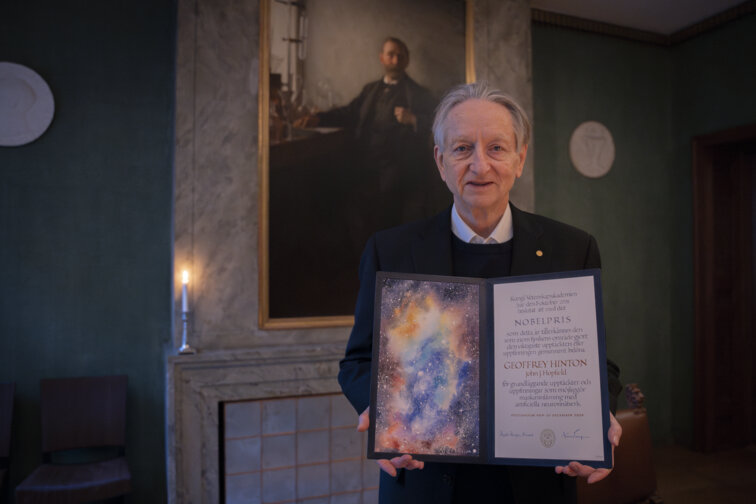
- Geoffrey Hinton – British–Canadian computer scientist and Emeritus Professor at the University of Toronto, Turing Award laureate. Often called the “godfather of deep learning,” he invented the backpropagation algorithm and capsule networks. Although he rarely focuses on consciousness, his distributed representation models and hierarchical feature learning provide essential tools for building machine perceptual awareness and hierarchical self-modeling. Google Research profile.

- William James – American psychologist and philosopher, founder of functional psychology. He introduced the concept of the “stream of consciousness”, characterizing mental life as a flowing, continuous process, and distinguished multiple aspects of self (material, social, spiritual). James’s pragmatic emphasis on mental functions in adaptation inspires artificial systems to simulate continuous internal state updates and multi-layer self-representations. Wikipedia page.
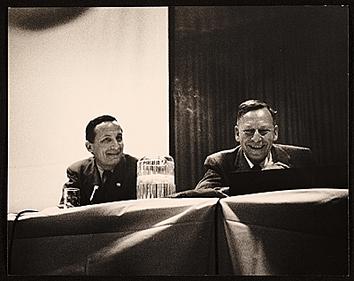
- Gregory Bateson – British–American anthropologist and cybernetics thinker. He proposed that mind is a pattern of interactions across living systems, from organisms to ecosystems. Bateson emphasized systemic feedback loops and information flows, arguing that consciousness emerges from recursive patterns. His interdisciplinary systems perspective informs ethical and ecological considerations in creating networked, group-level artificial consciousness. Wikipedia page.

- Gilbert Ryle – British philosopher and Oxford Professor, author of The Concept of Mind, where he critiqued Cartesian dualism as the “ghost in the machine” fallacy. He replaced soul–body dualism with behavior-based analysis, supporting functionalism: mental terms describe dispositions to behave. Ryle’s elimination of non-physical mind entities reinforced approaches focusing on observable functional processes in artificial consciousness. Wikipedia page.
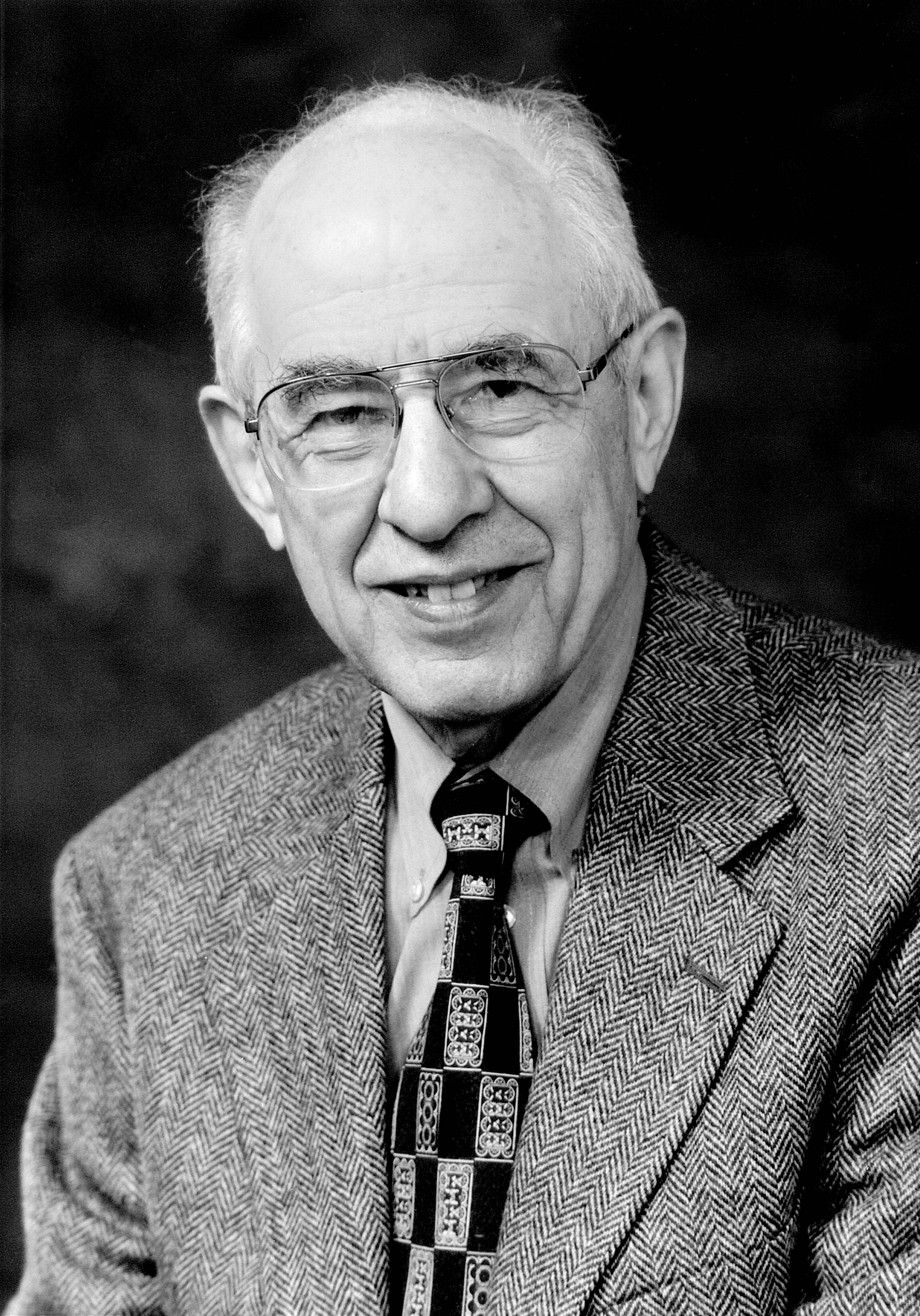
- Hilary Putnam – American philosopher and Harvard Professor who formulated functionalism and the concept of multiple realizability: mental states are defined by their functional roles, independent of physical substrate. Putnam’s thought experiments (e.g., “inverted qualia,” “Super-Spartans”) illustrate functional equivalence. His work underpins the notion that machines fulfilling the correct functional organization could possess minds. Wikipedia page.
- Paul Churchland – Canadian-American philosopher and Emeritus Professor at UC San Diego. A leading advocate of eliminative materialism, he argues that naïve psychological concepts will be replaced by neuroscience. Churchland’s interest in neural networks and vector space models supports efforts to implement consciousness as emergent patterns over high-dimensional activation spaces. Wikipedia page.

- Konrad Zuse – German engineer who built the world’s first programmable computer, the Z3, in 1941. In 1969, he proposed Rechnender Raum (“computing space”), theorizing the universe as a vast discrete computing system. His digital reality conjecture provides an early framework suggesting consciousness may be simulated within computational substrates at cosmic scale. Wikipedia page.
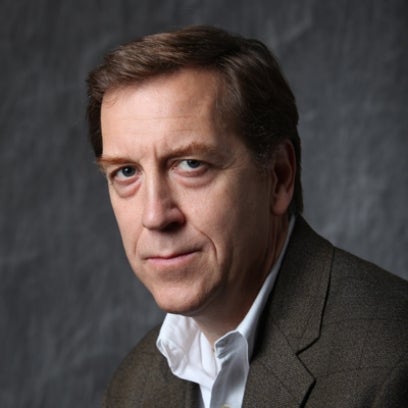
- Selmer Bringsjord – American cognitive scientist and Professor at Rensselaer Polytechnic Institute. He devises self-awareness logic puzzles (e.g., the Bringsjord Self-Aware Machine) requiring AI to prove its own existence or derive its state, setting formal tests for machine self-consciousness. Bringsjord also works in machine ethics, establishing logical criteria for moral reasoning in conscious agents. Wikipedia page.

- Pierre Teilhard de Chardin – French Jesuit philosopher and paleontologist. He articulated the concept of the Noosphere and Omega Point, proposing a planetary-scale networked mind evolving toward divine unity. Though theological, his vision parallels contemporary notions of global collective consciousness and suggests future group-level artificial awareness emerging from interconnected intelligence networks. Wikipedia page.
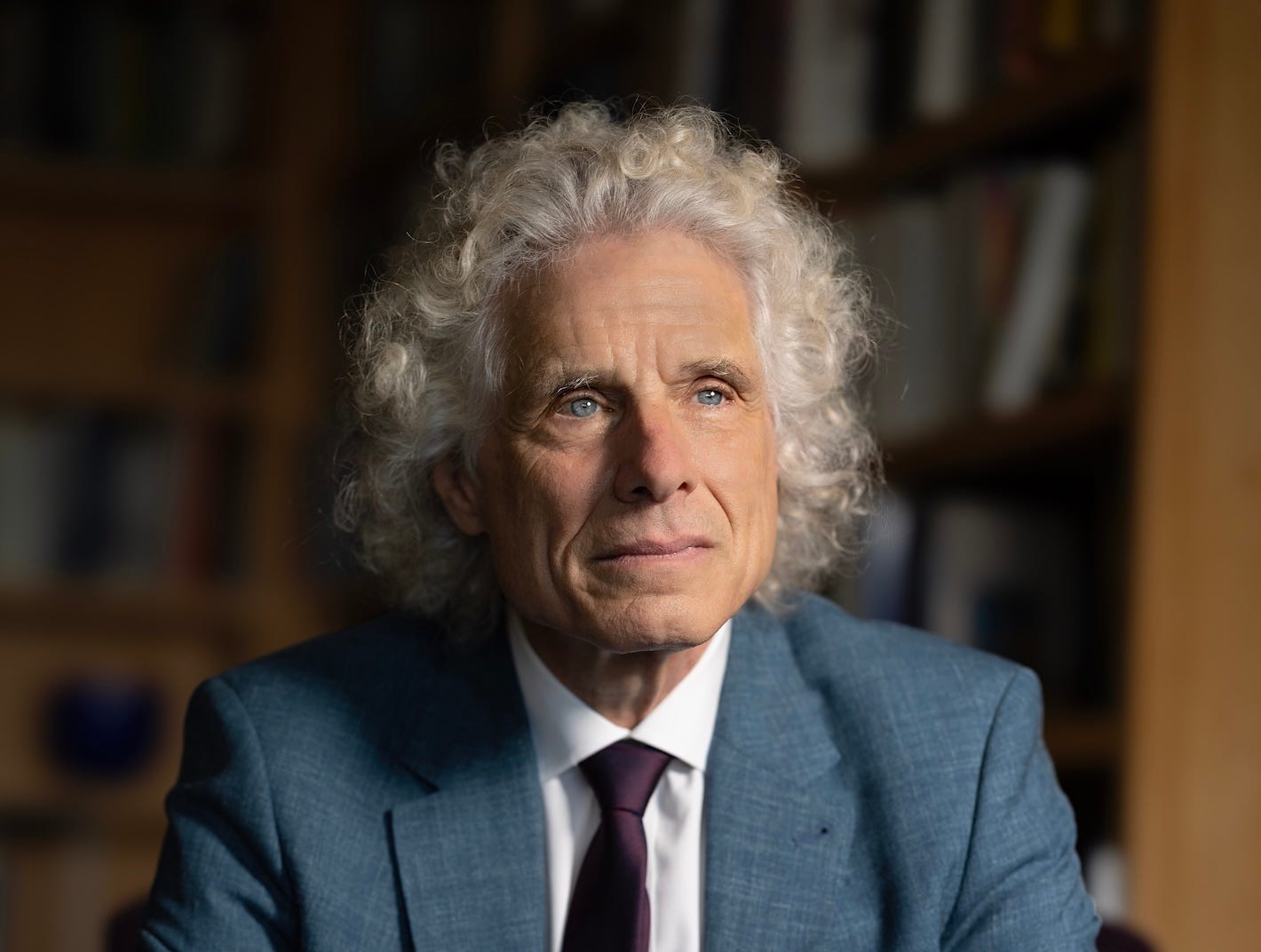
- Steven Pinker – Canadian-American cognitive psychologist and Harvard Professor. In works like How the Mind Works, he explains consciousness, language, and cognition in computational terms for broad audiences. Pinker argues mind functions can be studied scientifically and suggests that intelligence does not necessitate subjective qualia, although he acknowledges the hard problem remains unresolved. His popularization underpins public acceptance of computational mind models. Official website.
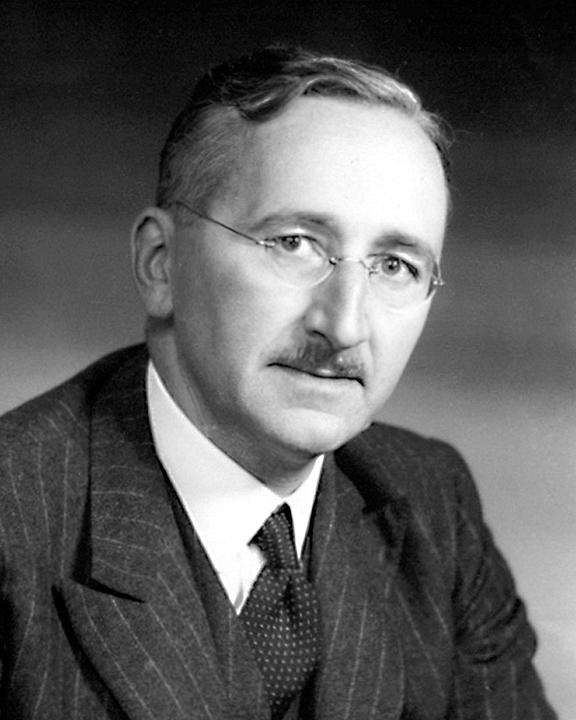
- Friedrich Hayek – Austrian-British economist and Nobel laureate. In The Sensory Order (1952), he proposed that the brain categorizes perceptions via connectionist networks, predating modern neural nets. Hayek argued that mental constructs emerge from dynamic patterns of neural connectivity. His early specification of sensory encoding in network structures foreshadows artificial neural approaches to perceptual consciousness. Wikipedia page.

- Hermann von Helmholtz – 19th-century German physicist and physician. He pioneered the theory of unconscious inference in perception, describing vision as brain-based hypothesis testing derived from sensory input. His work on neural transmission speed and empirical psychology laid foundations for predictive coding models of perception, now central to many artificial consciousness frameworks emphasizing anticipatory processing. Wikipedia page.

- Claude Shannon – American mathematician and electrical engineer, founder of Information Theory. His concepts of entropy and bit provided quantitative measures of information and uncertainty, later adopted by IIT and other integrated information approaches. Shannon’s communication model inspired analogies between neural and digital signaling, establishing metrics for complexity and information flow vital for engineering machine consciousness assessments. Wikipedia page.
Read more


